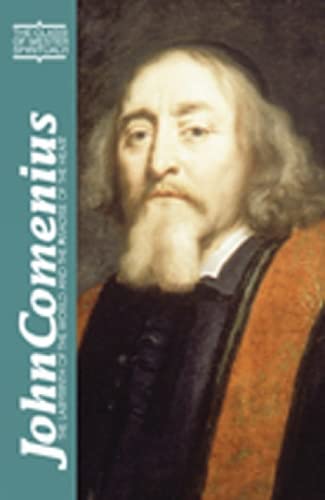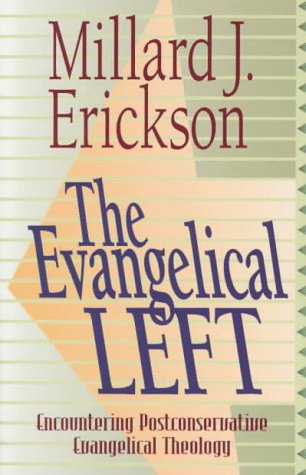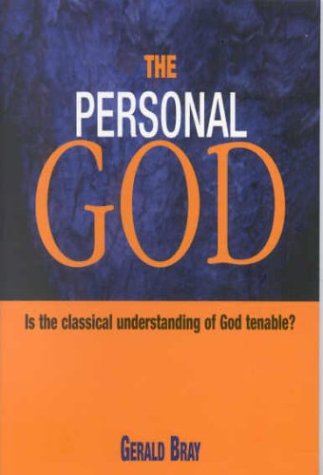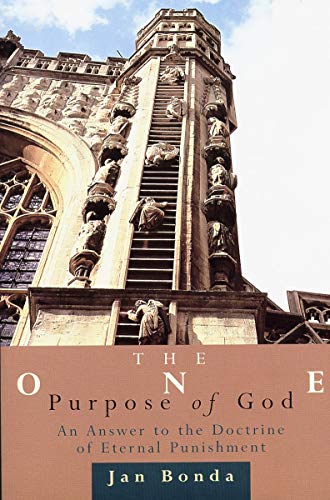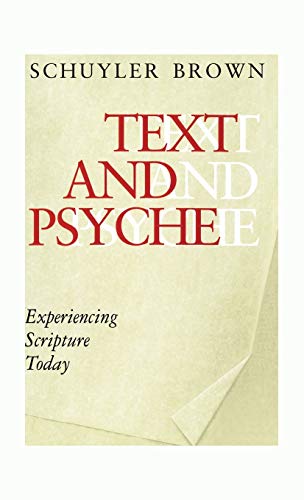Romans, Ancient Christian Commentary on Scripture New Testament VI
Written by Gerald Bray (ed.), Thomas C. Oden (Gen. ed.) Reviewed By J.E. McDermondRecently a friend suggested the further Western Culture moves into the ‘postchristian’ era the more useful the early church writers would become. His point was, as modern believers become the minority in their culture they should consider learning from earlier ‘minority Christians’. But where would one begin? Ancient Christian thought is a nearly foreign world for most evangelicals. We are interested primarily in Jesus, Paul, some of their contemporaries, Augustine, a select group of Reformers and our contemporaries. We may have heard of Origen and Chrysostom, but who is Methodius of Philippi or Symmachus of Rome? Where to begin indeed!
One beginning point is the ACCS under Thomas Oden’s general editorship. The series’ goal is ‘the revitalisation of Christian teaching based on classical Christian exegesis, the intensified study of Scripture by lay persons who wish to think with the early church about the canonical text, and the stimulation of Christian historical, biblical, theological and pastoral scholars toward further inquiry into scriptural interpretation by ancient Christian writers’. (xi) A further agenda is to provide the reader with sources ‘for preaching, for study and for meditation’. (ibid.)
Gerald Bray, professor of Anglican Studies at Beeson Divinity School, has edited the Romans volume. Following his limited introduction, focusing more on commentary usage than background issues, Bray divides the letter into thematic units and provides the RSV translation for each unit. He then summarises the unit’s theme and gives an overview of how the patristic writers approached the text under consideration. There follows, in double column format, verse-by-verse citations relating to the biblical text. These quotes are arranged thematically. for example. Romans 7:11 Sin Deceives and Kills is followed by the thematic sub-titles: ‘Satan as Source of Sin’ (with a Didymus the Blind quote), ‘Sin, Finding Its Opportunity’ (with one quote each from Ambrosiaster and Chrysostom) and ‘Sin Deceived Me’ (with two Augustine quotes). Each quote is generally noted in the main body and specifically noted in a footnote. For example the Chrysostom quote just noted is from Homilies on Romans 12 (general notation) and the translation cited is from A Select Library of the Nicene and Post-Nicene Fathers of the Christian Church, Series One, Volume 11, page 422 (specific footnote).
Bray has assembled in one volume the selected thoughts of 53 early Christian writers on Romans, and this text is a wonderful gateway to the world of patristic thinking relating to this foundational biblical text. Instead of fumbling about the diverse original texts one can take this volume and look for specific information. At the same time, the double notation facilitates further study by pointing the reader to a specific ancient source, should one seek greater exposure to the original texts. Moreover Bray has accomplished the series goal of providing material to trigger both lay and scholarly thinking, along homiletical and meditative lines. Repeatedly I scribbled ‘good preaching point’ in the margins.
Despite the text’s great value, there are weaknesses. I wonder about the attempt at ‘exhaustiveness’. Frequently it seemed quotes were included more to produce a thorough text rather than a useful one. I was not quite sure what I was to do with very brief quotes or single line citations like Basil’s ‘The ruler is saved not through much power but through divine grace’ (13:1). Such short quotes are not helpful in understanding a writer’s thought.
It would have been better to limit the quotes and devote the space to resolving the main problem: all the texts are pulled from their historical contexts. Many patristic writers communicated in the context of doctrinal controversy as is evidenced repeatedly by the quotes which refer to Manichaeans, Docetics, Marcionites and Patripassians, or make allusions to these and other groups. Unfortunately the reader is not given even a brief summary of these groups and how patristic writers wrestled with their alternative worldviews which were eventually rejected. Such an introductory essay would have been invaluable.
Still, there can be no doubt, this is a valuable text. If the other volumes are as well done as Romans this series will become a significant tool.
J.E. McDermond
Messiah College, Grantham, PA



